Growth through innovations in sustainability is gathering momentum. The recent passage of the Inflation Reduction Act, which contained nearly $370 billion in programs to support green energy and other sustainability efforts, will only add fuel to an international market shift toward more sustainable products. As we’ve covered before, however, sustainability is not a value proposition, which leads to the question of what are the best green marketing strategies to capitalize on the demand for sustainable solutions?
In this post, we want to look at how marketers in a number of industries are responding to their customers’ demands for sustainability. Let’s dig in to six successful green marketing strategies.
Word of Mouth
According to the EPA, 27% of U.S. greenhouse gas emissions in 2020 came from the transportation sector. Electric car makers, led by Tesla, will be a key part of reducing these emissions, but you’d never know it from Tesla’s green marketing, which focuses on word of mouth.
From its inception, Tesla focused much more on positioning its brand as the cutting edge of automotive technology, innovation, and luxury than the environmental benefits of electric cars. Tesla’s green word of mouth marketing centered on industry test drives and the buzz generated by the specs, and customers, of its first model.
As Tesla grew, it continued to focus on innovative features that the media couldn’t ignore, which helped position the company as the future of the industry and generate a highly loyal following. Technology enthusiasts couldn’t stop gushing about features like the touch-screen dashboard and self-drive. Performance enthusiasts wrote glowing reviews about Tesla’s revolutionary acceleration. And each step of the way, Tesla’s innovation kept stirring up the buzz rather than focusing on sustainability.
Sustainability Scorecards and Third-Party Validation
Sustainability dashboards and benchmarks have proliferated in the past few years (including our client the Sustainable Green Printing Partnership’s Impact Tracker). These ranking and rating systems can help your green marketing efforts gain traction, as they become an ongoing source of PR and social news.
As an example, let’s take a look at Vertical Harvest, an indoor agriculture start-up seeking to grow its profile. Vertical Harvest has established a partnership with the Resource Innovation Institute (RII), an organization that measures and verifies significant sustainability improvements in agriculture that it calls its PowerScore. High-scorers become best practices, and have ready-made case studies that become excellent PR sources.
In this case, the RII and Vertical Harvest team were able to use this third party validation to secure placement in an industry publication, Produce Grower.
Community Marketing
Consumer recycling is often at the forefront of sustainability efforts, but changing acceptance requirements and limited understanding of how to prepare and where to deposit used materials for recycling can often limit recycling programs’ effectiveness.
In order to increase recycling rates and improve consumer participation, Waste Management of Florida started the Green Broward initiative to help the residents of Broward County Florida change how they treat waste. The program’s initiatives included a new website and community outreach to clarify how residents could support environmentally friendly disposal of questionable items like storm-damaged materials.
High-Visibility Endorsements
Solar power is transforming the energy industry, but residential adoption has lagged due to costs and limited understanding of how to make the switch. Utilities and governments have turned to high-visibility endorsements in order to drive adoption.
California’s solar program administrators believe that much of their success is due to when Governor Arnold Schwarzenegger launched his Million Solar Roofs campaign in 2004, using his star power at events, groundbreakings and in political discussions to generate momentum for what ultimately became a California law that has hit its goal.
In another high-powered example, the Arizona Public Service partnered with Steve Nash of the Phoenix Suns to promote its solar initiative. Nash’s market popularity helped raise the initiatives profile, which was marketed through radio and digital marketing, as well as a partnership that installed solar panels on the Phoenix Suns’ stadium. Inside the arena, solar-promoting signage ensured that thousands of fans each season would be exposed to the solar program.
Co-Branding and Distribution Partnerships
Many sustainability experts advocate switching to a plant-based diet in order to improve the food industry’s environmental footprint. However, a number of consumers remain skeptical of plant-based or lab-grown meat imitations.
Impossible Foods’ plant-based Impossible Burger may seem like an overnight success, but the company has spent years perfecting its formula in order to make plant-based foods appeal to meat-eaters. First, came savvy branding, with the company realizing that an aspirational brand name – Impossible – would do a much better job of capturing consumers’ imagination than other potential names.
Armed with a powerful name and tasty product, the next step was to get its product into the hands of consumers. And for that, Impossible partnered with Burger King. The hamburger chose Impossible over its competitors due to its performance in taste-tests, and after an initial trial run on April Fool’s Day went exceedingly well, Burger King expanded the offering nationwide. Both Impossible and Burger King devoted significant PR and social media resources to the promotion, which helped generate significant national awareness of the product.
Influencer Marketing
A number of brands are seeking to reach younger audiences through influencer marketing, with Kellogg’s Kashi and the VERY GOOD food companies leading the way. These brands will typically establish partnerships and sponsorships with a group of influencers interested in helping promote new product launches that focus on sustainable products and plant-based diets. Brands also find that the more involved influencers become in helping shape and guide the marketing efforts, the better outcomes and engagement they’re likely to see.
We hope that these insights into successful green marketing strategies have been informative. If you’re considering marketing for your sustainable product, contact Young Marketing Consulting.




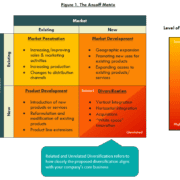
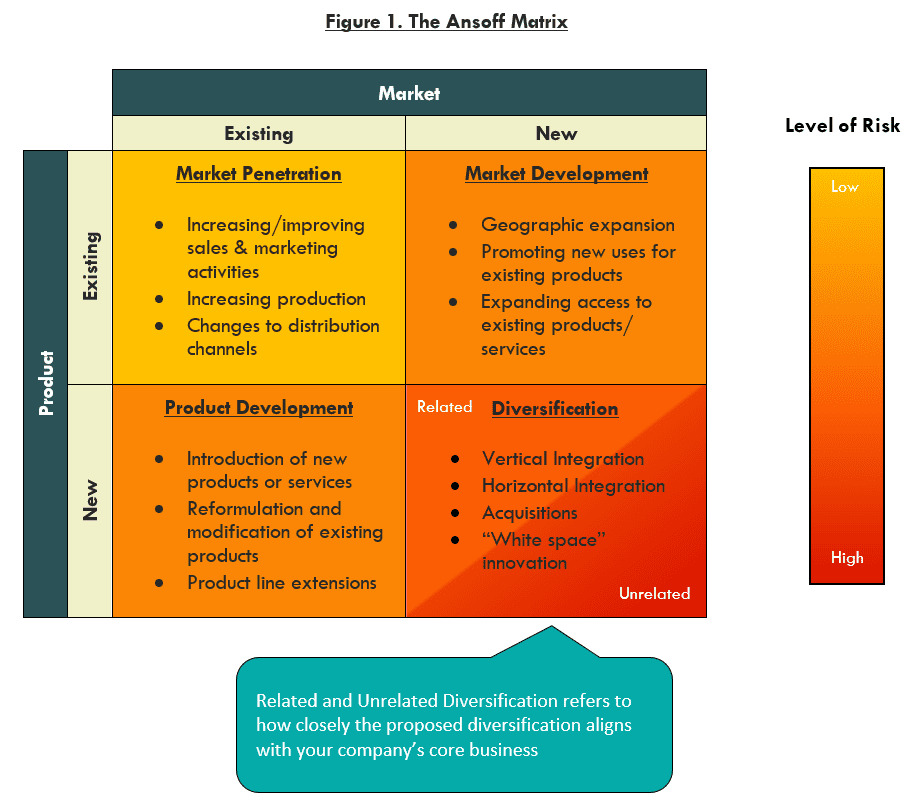

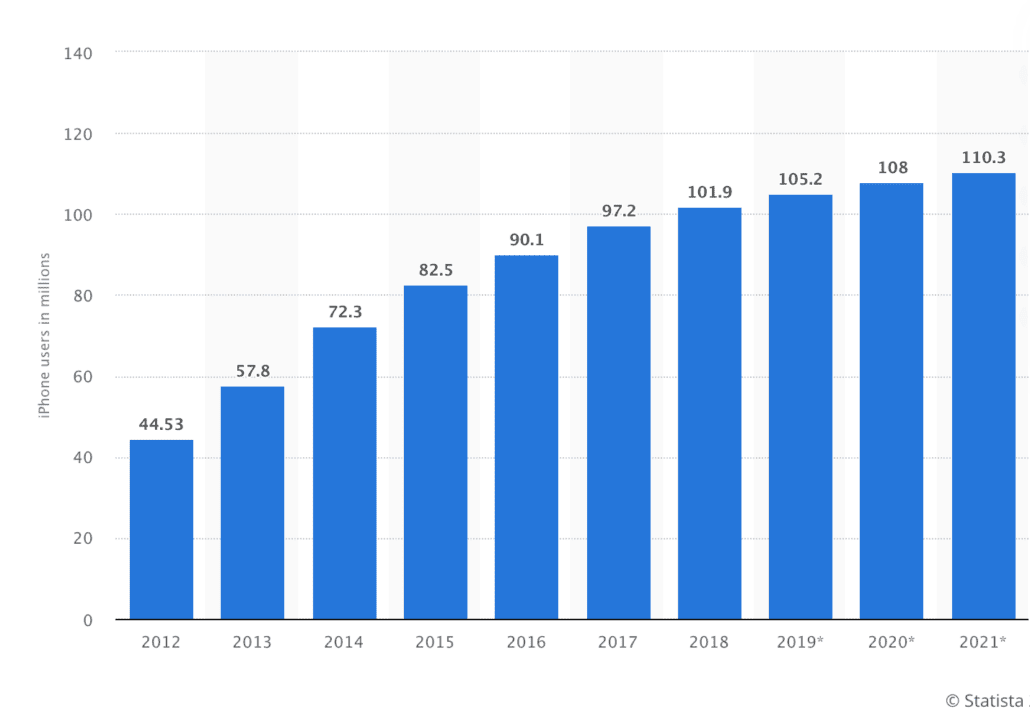
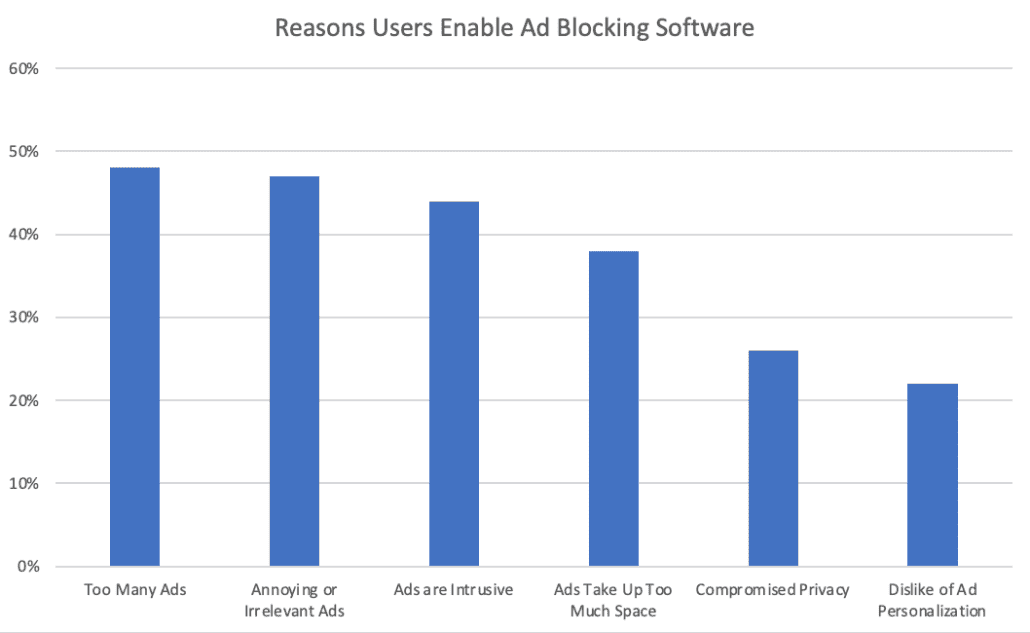
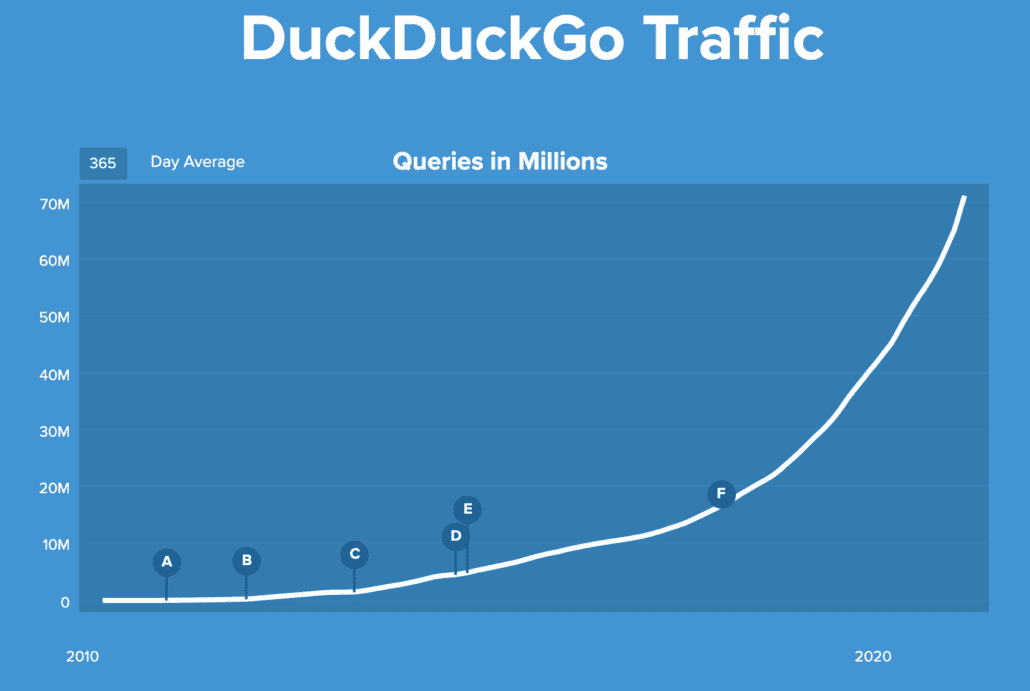

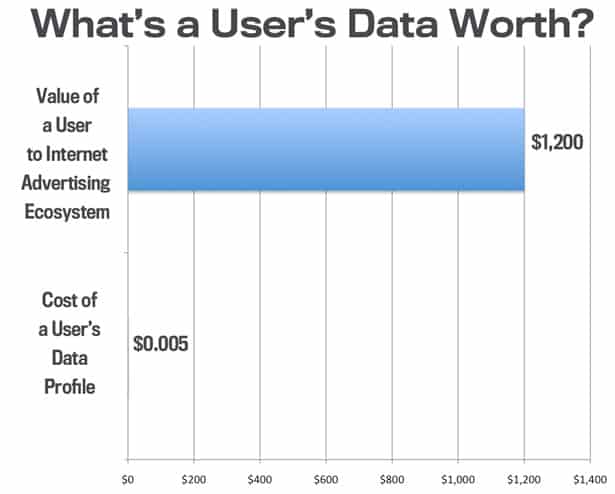
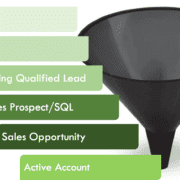
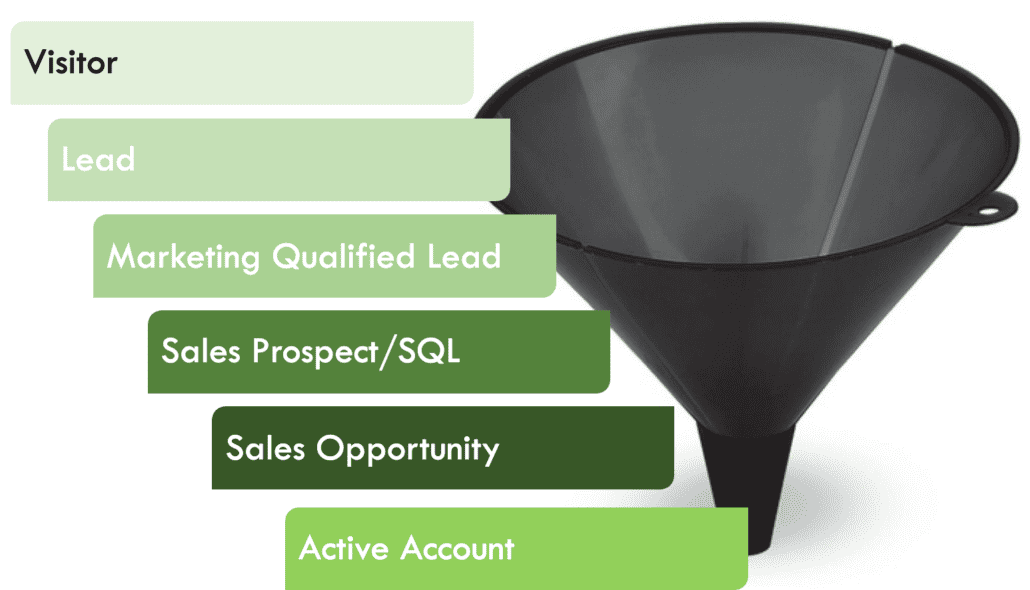
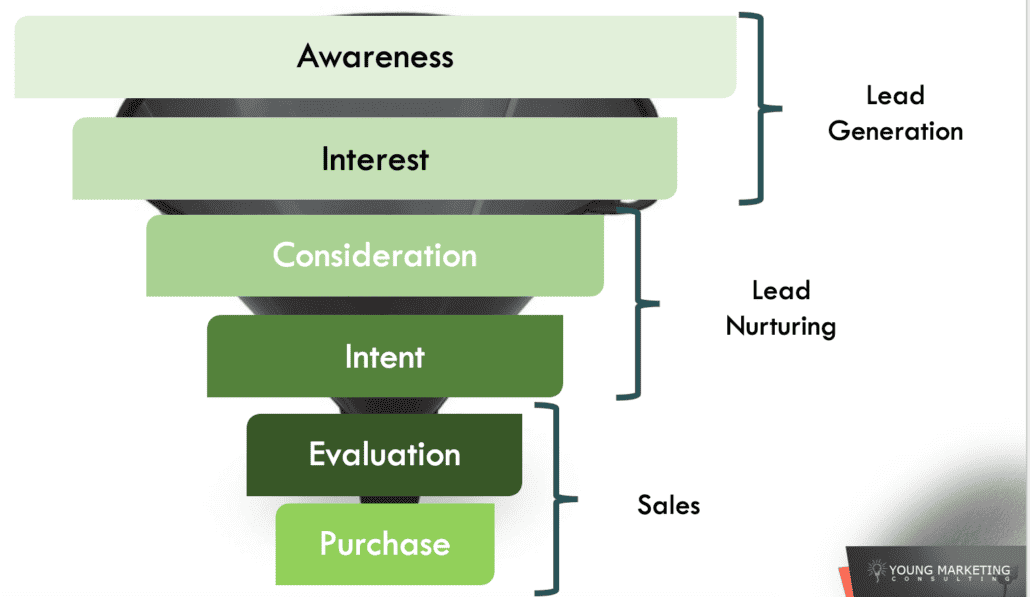

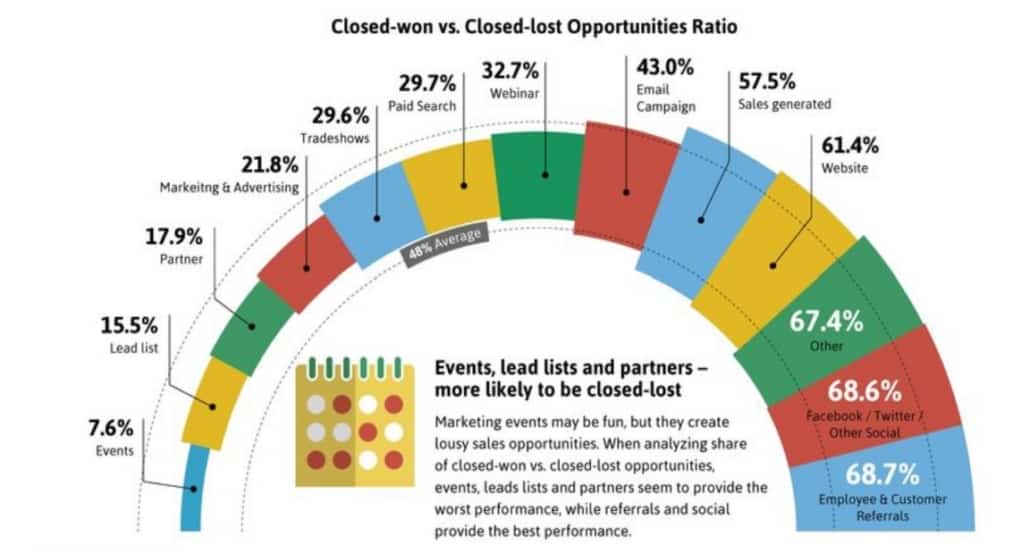

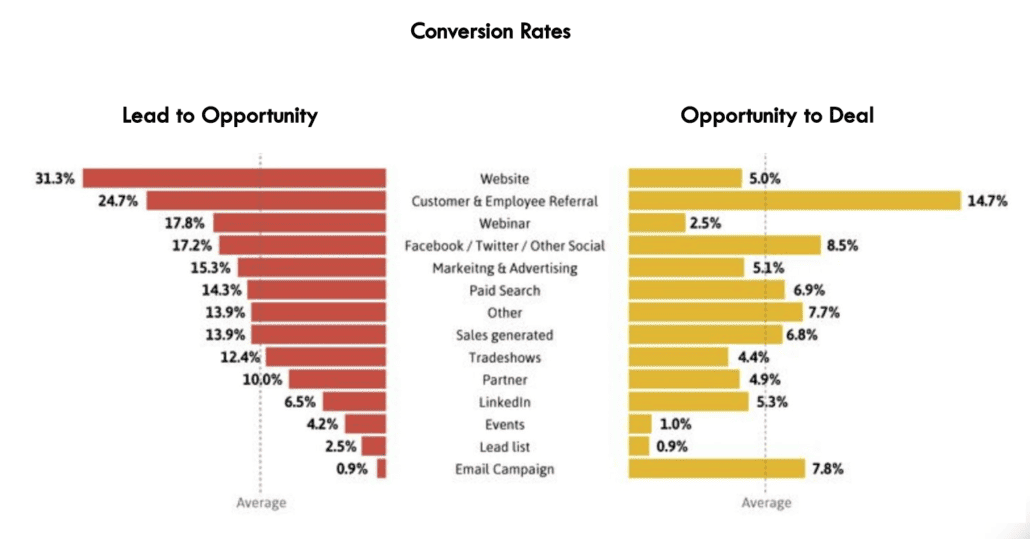

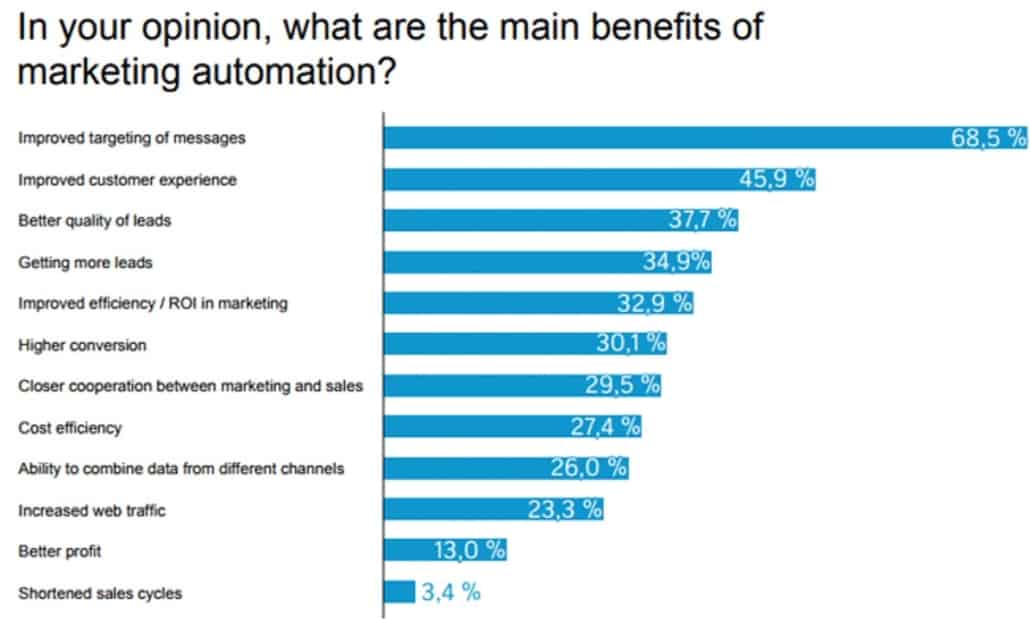

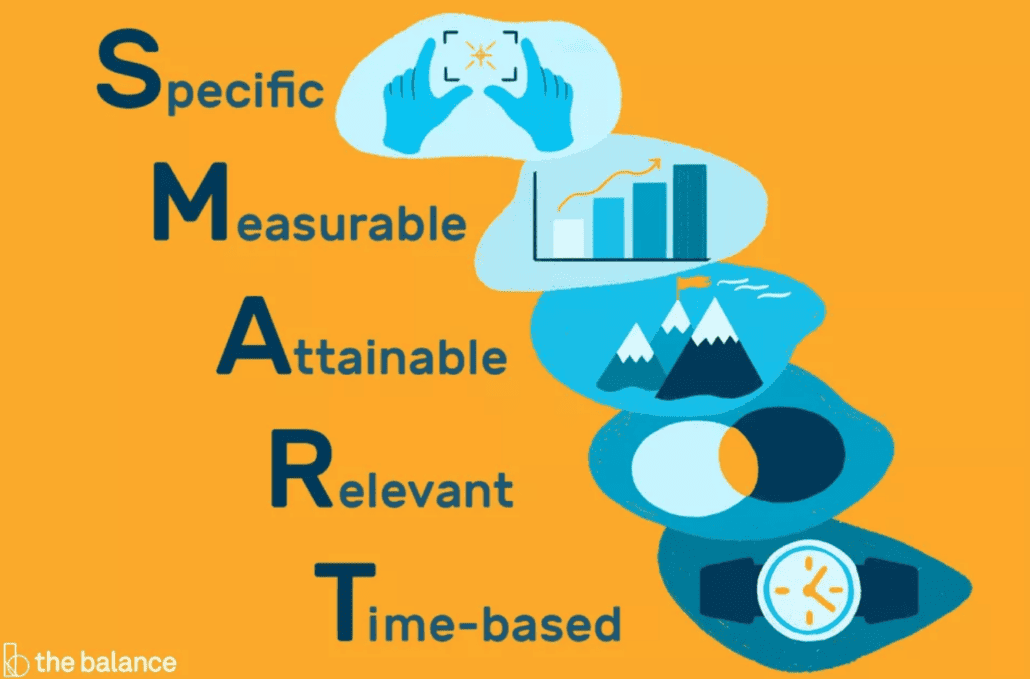
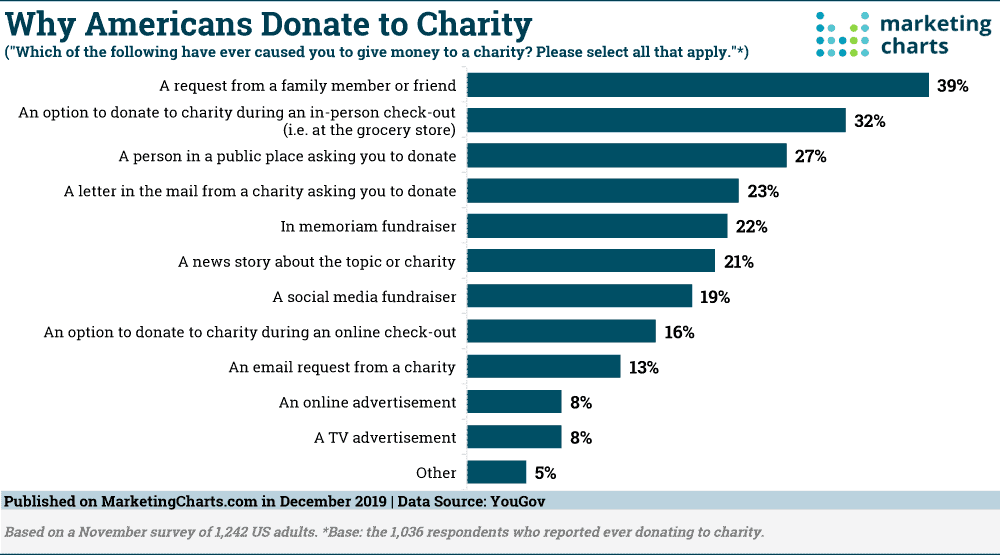


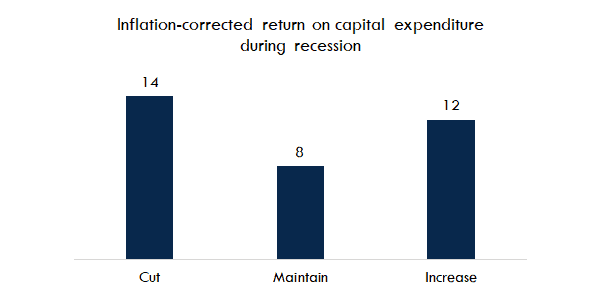
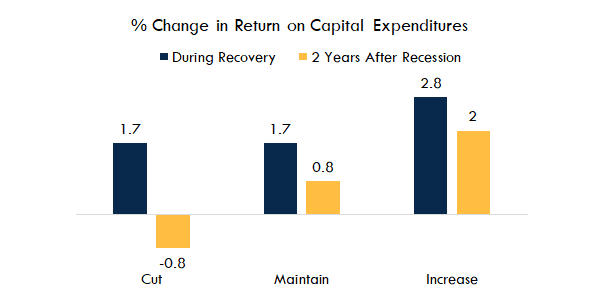
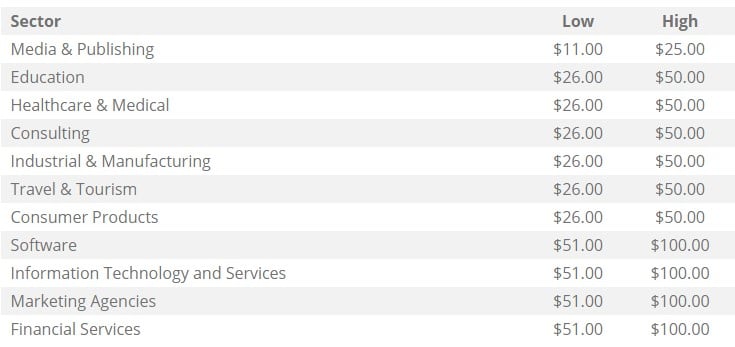
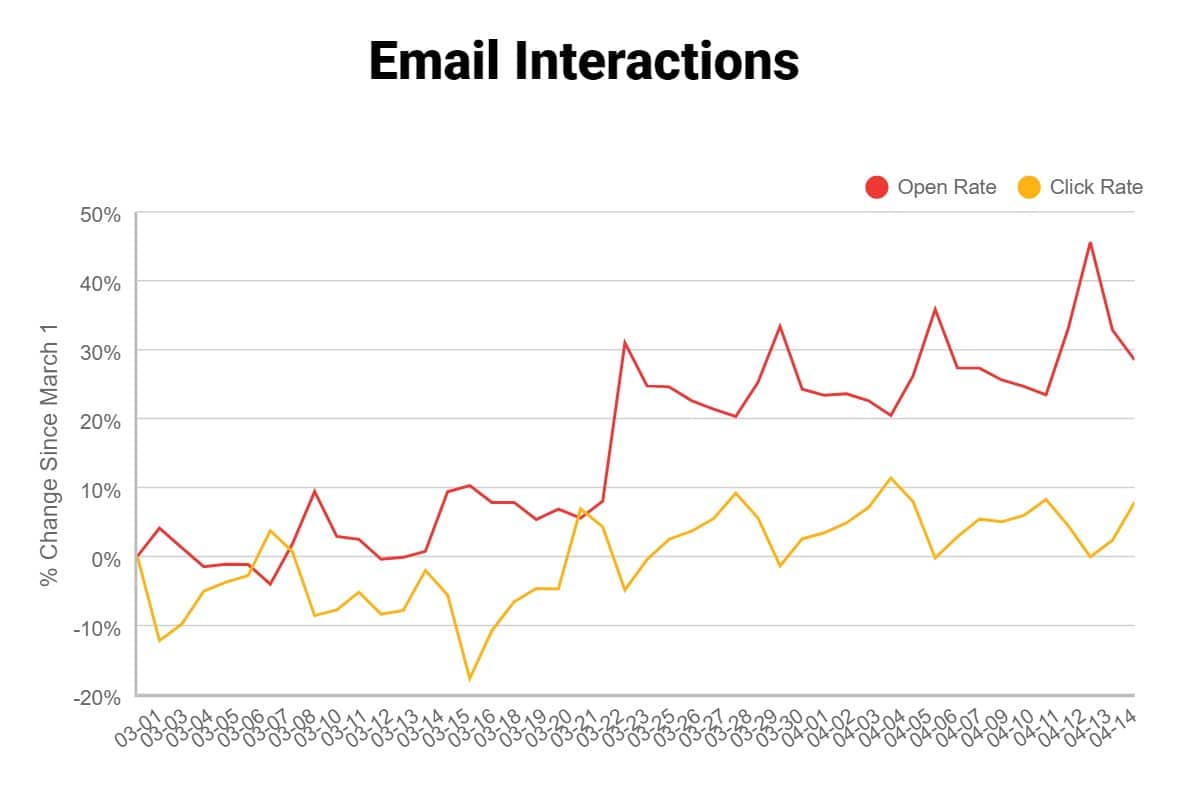
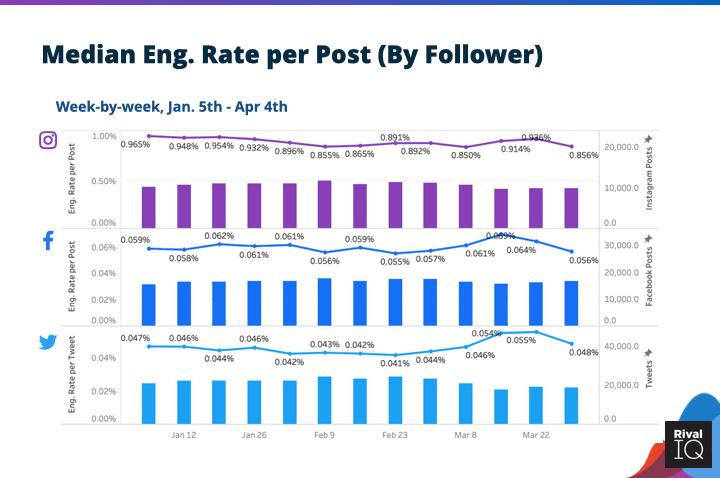
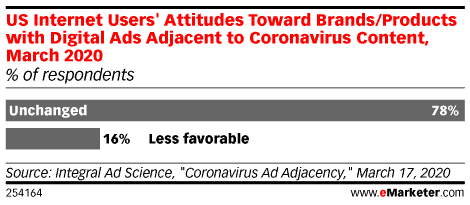
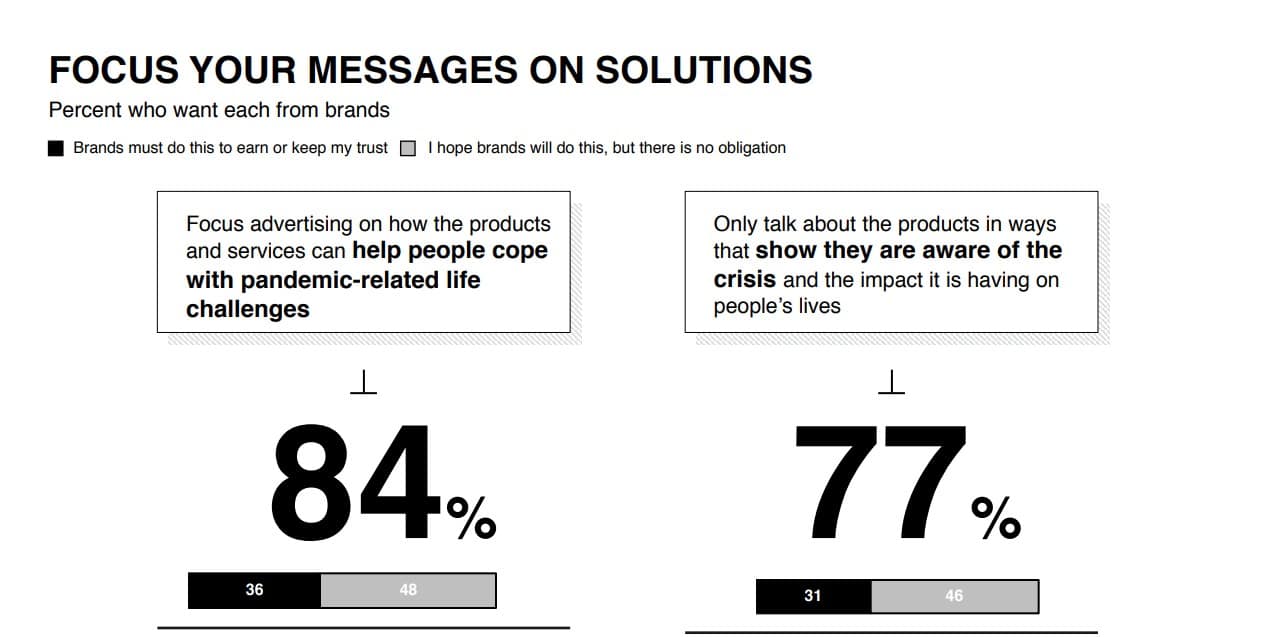
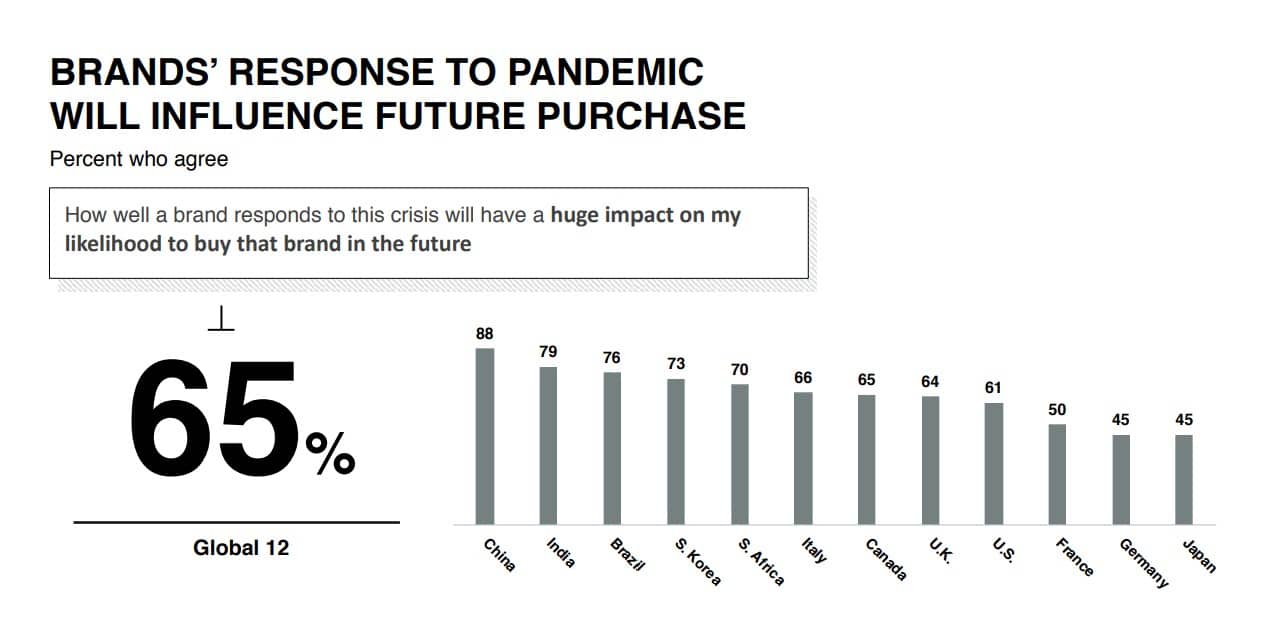
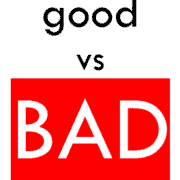

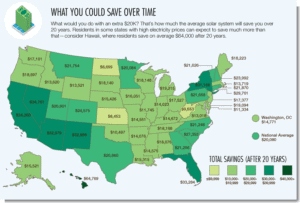


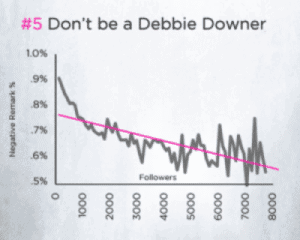


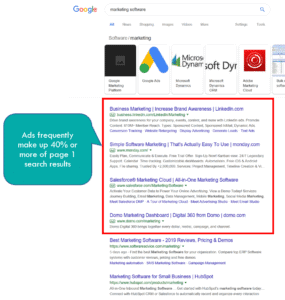 The
The 
